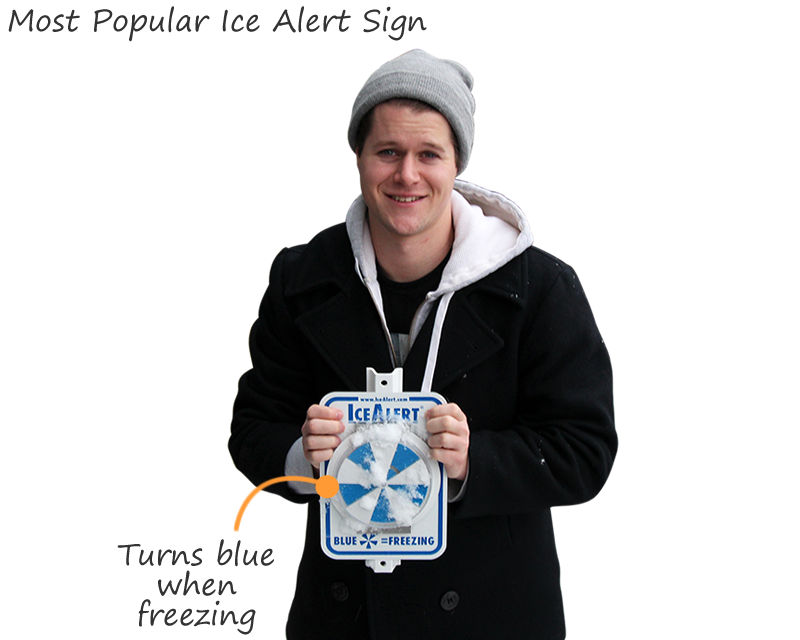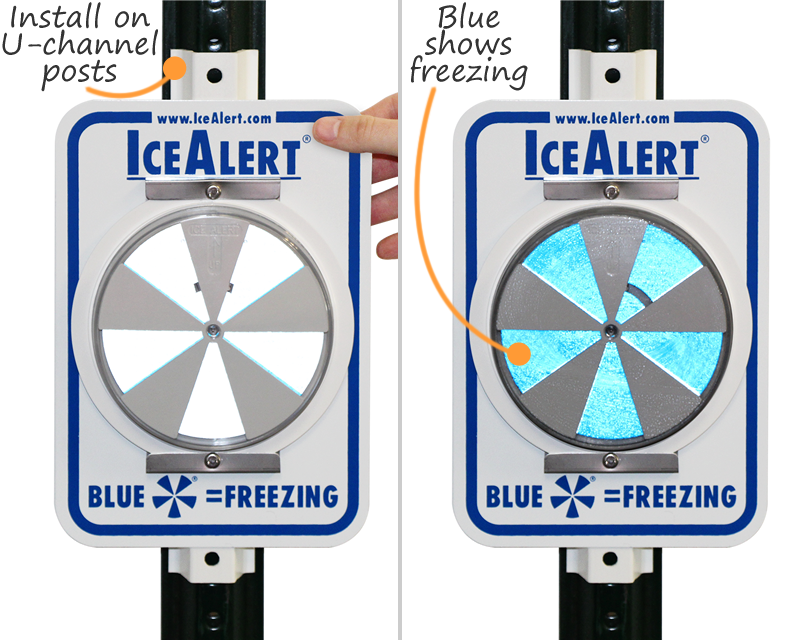
Rain gauges are one of the world's oldest and most basic weather instruments around. They are vital instruments for meteorologists and hydrologists alike. Rain gauges are pretty simple instruments used to directly measure the amount of liquid precipitation in one location over a period of time. Rain gauges have been used to measure rain since 500 BC This gives meteorologists a much clearer appreciation of the multi-dimensional situation at any one time. They typically use dual-polarization radar that sends and receives vertical and horizontal pulses. Modern stations use pulse-Doppler Radar that is actually capable of detecting the motion of rain droplets as well as the intensity of the precipitation. Shortly after the conclusion of the war, surplus radar equipment was repurposed on weather stations. Personnel soon noticed "noise" or "echoes" on their displays from precipitation which revealed a potential peacetime application for the technology. Radar was initially developed during the Second World War as a means of detecting and tracking enemy aircraft. Today, radar forms an integral part of any weather instrumentation and is used, primarily, to locate precipitation, track it and estimate its type (snow, rain, etc) and intensity. Radar can also be used to forecast precipitation associated with thunderstorms, hurricanes, and winter storms. Radar can detect airplanes and rainfall Source: Bidgee/Wikimedia Commons There are also other forms of anemometer ranging from hot-wire anemometers (the most popular constant-temperature devices), Laser Doppler anemometers, ultrasonic anemometers, and ping-pong ball anemometers (though generally confined to middle-school experiments). Wind speed is determined using a rev counter which is then converted to wind speed.

For instance, turbulence from the device itself and friction from the mount point needs to be accounted for.Ī vane anemometer, on the other hand, combines a propeller and a tail on the same axis to obtain accurate and precise wind speed and direction measurements from the same instrument. Improvements made to the design in 1991 by Derek Weston, also allows them to determine wind directions from the cyclical changes in the cup wheel speed.Īlthough simple in theory, other factors need to be factored in before determining true wind speeds. The first determines wind speed based on how fast the cup wheel spins. The most easily recognizable forms used in weather forecasting include: Their design has changed very little since the 15th Century. They are a common instrument often found on weather stations. They were first developed by Italian artist Leon Battista Alberti in 1450 but were perfected much later in the 20th Century. Wind speeds can be accurately measured using devices called anemometers. The anemometer measures wind speeds Source: Z22/Wikimedia Commons

Digital barometers use electrical transponders, instead of liquids in a vacuum, to detect atmospheric pressure and are the most widely used form in official weather stations today.Īir pressure, when combined with wind observations has been used to predict, fairly accurately, short-term weather forecasts since the later 19th Century. Aneroid (later invented in 1844 by Lucien Vidi).Īnalog forms are rarely used for official weather prediction today, having largely been replaced with digital ones. Traditionally, barometers came forms such as: Torricelli also later discovered he could replicate the phenomenon in 'miniature' using denser fluids like mercury.

"We live submerged at the bottom of an ocean of elementary air, which is known by incontestable experiments to have weight". If this is true, Torricelli later made the connection between atmospheric pressure and the phenomenon described by Gasparo Berti in his apparatus. Berti could not explain how his 'barometer' worked, invoking a theory that the vacuum in some way held the water level in the tube and asked Galileo for advice. But historical documentation also indicates that Gasparo Berti, another Italian scientist, built a working barometer by accident between 16.īerti was a friend of Galileo who in turn was the mentor of Torricelli.

It is used, as the name suggests, to measure localized atmospheric air pressure.Įvangelista Torricelli is widely credited with the invention of the barometer in the mid 17th Century. The barometer is one of the most important instruments in weather forecasting. Barometer: weighing the air since the 1600s Source: Kogo/Wikimedia Commons


 0 kommentar(er)
0 kommentar(er)
